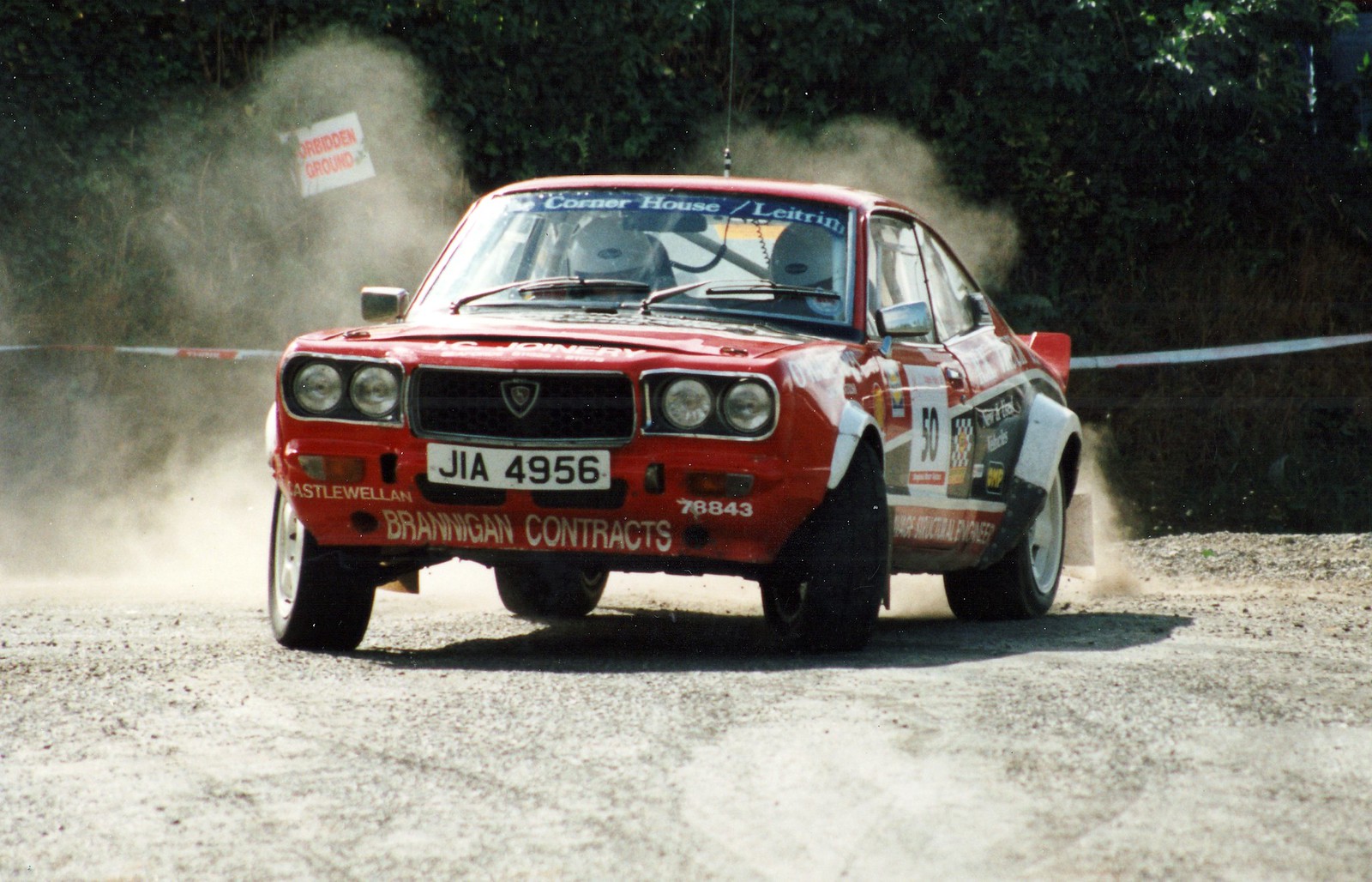Before I go ahead and seek out the engine for the RX3 I am looking at running it in HSR.
What classes is a RX3 eligible to compete in and what engines are legal?
This is not the clearest of documents
http://www.hsrrace.com/Rules/HSR_Race_Classes_2014_3.pdf
Steve
< Not an HSR Official. But here's my best guess.
Almost certainly Group 3, unless you go nuts a tube frame it and hang fiberglass panels on it.
Basically, pick the series you want to emulate: SCCA Production, Luk Clutch, IMSA RS, even Improved touring you could probably sneak in with the right tires and livery. An IMSA RS/Luk Clutch car would probably be easiest since it would basically be a IT car with less restrictions on the engine and brakes.
Yeah, what he said. I'd guess 3A or 3B, assuming it's still tube-based.

From Wiki
The idea was to attract racers who did not have the budgets that was required in the GT category as well as an emphasis on compact sedans such as the AMC Gremlin and the Opel Manta.[citation needed] There were two classes from 1970 through 1973: Class A for under two liters and under 1.6 liters with overhead cam and Class B for over 1.6 L with overhead cam and over two liters up to the largest permitted engine being the 232 cubic inches (3.80 l) AMC Gremlin. In 1974 all cars were placed in one class, with the only parity for the smaller engines being free carburetion for under 1.6 liters. Limited preparation was permitted, and since the entrants were meant to be street-driven race cars, the original rules required the retention of headlights, seats, upholstery, window cranks, stock brakes and original springs and radial tires. Only the exhaust systems and shock absorbers were free. Later rules regarding headlights, seats, upholstery, window cranks, original springs, and other stock elements were loosened up somewhat. From the beginning, engine modifications similar to Sports Car Club of America B Sedan were permitted, with the main difference being that over-boring cylinders was not allowed, and stock carburetors being required, but modifications allowed. In addition, springs and alignment were free.[10] The series was loosely based on rival SCCA Trans-Am's Two-Five Challenge rules.[11][12]
The series became dominated mostly by Mazda's rotary powered RX-2 and RX-3 prompting IMSA to specify heavier weights than piston-engined cars and prohibited any modifications to the rotors and more importantly to intake and exhaust ports.[13] Datsun also had a fair share of success within the series with cars such as the 510 and 200SX. Many drivers would cut their teeth in this series such as Don Devendorf, of Electramotive fame, Jim Downing, of Kudzu, and Bobby Rahal. The final season was run in 1984 before it was replaced by the IMSA Showroom Stock class the following year, while retaining its sponsor until 1988.[14] As with most now-defunct racing classes, there are revival races run for this category and the SCCA sanctions events for mostly stock and all stock, cars.
http://alex62.typepad.com/imsablog/2009/10/imsa-rs-challenge-everybody-could-go-racing.html

Jeff
SuperDork
4/14/14 8:47 a.m.
jstein77 wrote:
 Jim Downing's 1981 car.
Jim Downing's 1981 car.
Makes me miss mine terribly. Of course when I think about what a PITA it was to run as a DD, not so much. For a fun car or racer, definitely.

Roger Mandeville's #38 car.
Best bet would be just to contact HSR. I sent them some questions on some rules clarification for my Spitfire and they were helpful.
Hey, I just posted this info on your build thread. Check out SVRA. Your car would run in Group 8 (8RS) with the B-Sedan and Trans Am 2.5 cars. You would need a 12a to run with that group.
































